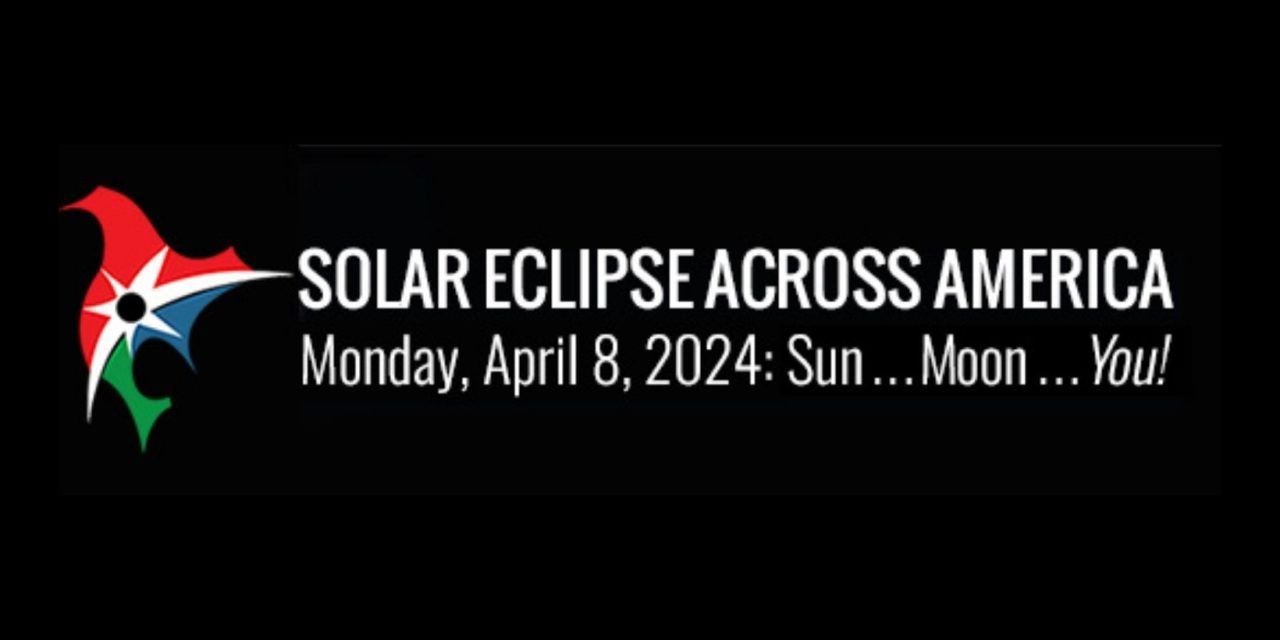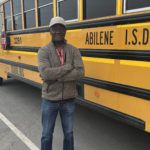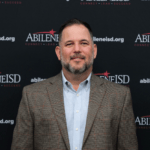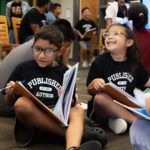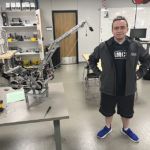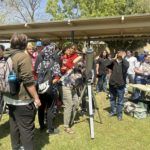By LANCE FLEMING
Abilene ISD Communications
With a large swath of Texas in the path of Monday’s total solar eclipse, students across Abilene ISD can see the first such event to cross the contiguous United States since Feb. 26, 1979. And they should take advantage of the chance because NASA scientists estimate it could be two decades before the country has another total eclipse.
Thanks to partnerships with Hardin-Simmons University, the Houston Museum of Natural Science, and Buccee’s, the district received hundreds of solar viewers and 2,400 pairs of solar eclipse glasses. Other campuses purchased viewers and glasses for student and staff use, and many students will have bought or made viewers or glasses for the event.
Most students in the district will have the opportunity to witness the partial solar eclipse in Abilene, which will happen at approximately 1:37 p.m. Cooper High School astronomy teacher Jessi Spitler will have her telescope with a solar filter set up on the campus patio for her students in the fifth period to use to observe the eclipse.
She will have a small mirror projector set up so students can watch the silhouette of the eclipse projected onto a piece of white paper over time. She will also set up a thermometer to measure the air temperature, likely dropping around 10 degrees during the eclipse. She will also have some pinhole viewers and other ways for students to observe the event.
At Abilene High School, students in sixth-period science classes were given solar glasses purchased by the school, and they will be able to go outside and view the eclipse. AHS astronomy teacher Kevin McInroe has his classes working on projects related to the eclipse, but he will not be in Abilene for the event. He will be in Fredericksburg to experience the four minutes of total darkness of the eclipse, calling it a “once-in-a-lifetime” event.
Abilene ISD Science Coordinator Betsy Feemster said all four middle schools and elementary schools throughout the district have plans to allow their students to view the eclipse.
Be Safe When Viewing Solar Eclipse
No matter where you are Monday afternoon, looking at the sun without proper protection can cause an inability to see colors, loss of vision, or even permanent blindness. Instead, follow the tips below to enjoy the upcoming eclipse and avoid causing eye damage:
• Use a handheld solar viewer or eclipse viewing glasses — not everyday sunglasses, no matter how dark they are. Glasses should meet ISO 12312-2 international safety standards.
• The American Astronomical Society warns that some eclipse glasses and other solar viewers are labeled as ISO-compliant when they haven’t been tested and shown to be safe. The Society provides a list of selected suppliers of solar viewers and filters that are safe when used properly.
• Do not use eclipse glasses if they are three years old or if the lenses are scratched, punctured, torn, or wrinkled.
• Do not use cameras, telescopes, or binoculars to view the eclipse without a special solar filter secured over the front.
• If driving, walking, or cycling during the eclipse, slow down and watch for other people on the road. Distracted driving — from any distraction — is dangerous and drivers’ vision drops during dusk and darkness.

